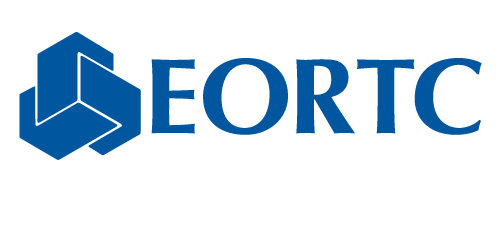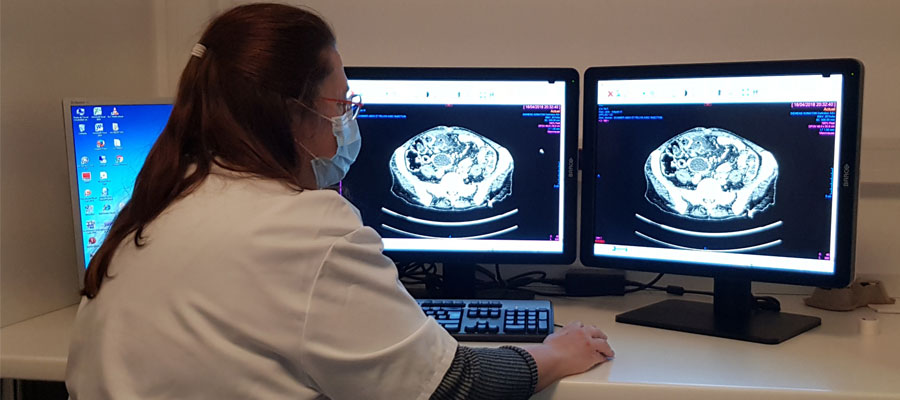Impact of COVID-19 crisis on imaging in oncological trials
30 Jun 2020
This month, EORTC Imaging Group published a paper1, in the European Journal of Nuclear Medicine and Molecular Imaging, where they outlined the impact of COVID 19 on imaging in oncological trials.
The COVID-19 pandemic has adversely affected many unrelated healthcare needs. The requirement for social distancing and equipment decontamination has slowed imaging procedures especially in clinical cancer trials. Activities considered as non-essential such as quality assurance, technical and biological validation, and PET pharmacokinetic studies were suspended. In comparison for therapeutic trials, study visits and delivery of pharmaceuticals were continued remotely. However, as imaging requires hospital visits, the frequency of imaging patients currently registered within trials were compromised, risking their continuation on ineffective, potentially toxic therapies. The group emphasized that protocol deviations on timing or performance of imaging may introduce bias in treatment effect estimates and/or reduce statistical power by rendering patients not evaluable for the endpoint. Image interpretation of disease progression may be confounded by (sub)clinical infection (COVID-19) related changes. Moreover, the reduction in new cancer diagnoses because of reduced hospital services and lack of adequate baseline imaging, including image-guided biopsies, misses opportunities for new recruitment. Delays can result in oncological progression and patient ineligibility.
The continued need for social distancing and use of personal protective equipment for procedures when healthcare services are resumed slow imaging throughput. Institutions need to develop pathways where imaging studies can be directed to local sites with spare capacity, facilities that exclude potentially infectious patients and semi-automated readouts that reduce staff pressure. The EORTC imaging group conclude that smarter use of imaging within trials and improved communication are needed during pandemics so that cancer research is not restrained by failure to deliver timely imaging, compliant to protocol.
Reference
1Impact of the COVID-19 crisis on imaging in oncological trials
Christophe M. Deroose; Frédéric E. Lecouvet; Laurence Collette; Daniela E. Oprea-Lager; Wolfgang G. Kunz; Luc Bidaut; Joost J. C. Verhoeff; Caroline Caramella; Egesta Lopci; Bertrand Tombal; Lioe-Fee de Geus-Oei; Laure Fournier; Marion Smits; Nandita M. deSouza; Eur J Nucl Med Mol Imaging; June 2020 DOI 10.1007/s00259-020-04910-y
Related News
Meet the new EORTC Board
9 Jul 2024
We are pleased to announce the release of the EORTC 2023 Annual Report
17 Jun 2024
Dr Denis Lacombe, EORTC CEO, appointed stakeholder co-chair of ACT EU advisory group
24 May 2024
Clinical Trials Day 2024: a Q&A on pragmatic clinical trials
20 May 2024
EORTC/EMA workshop suggests an international way forward for treatment optimisation studies
8 May 2024
EORTC’s Participation at the ESTRO Congress 2024
29 Apr 2024
EORTC: Advancing research and treatment for rare cancers
29 Feb 2024
EORTC Fellowship Programme: celebrating more than 20 years of impactful collaboration
22 Feb 2024
Appointment of Malte Peters as EORTC Strategic Alliance Officer
9 Feb 2024
Unique series of workshops in partnership with the European Medicines Agency (EMA)
7 Feb 2024


